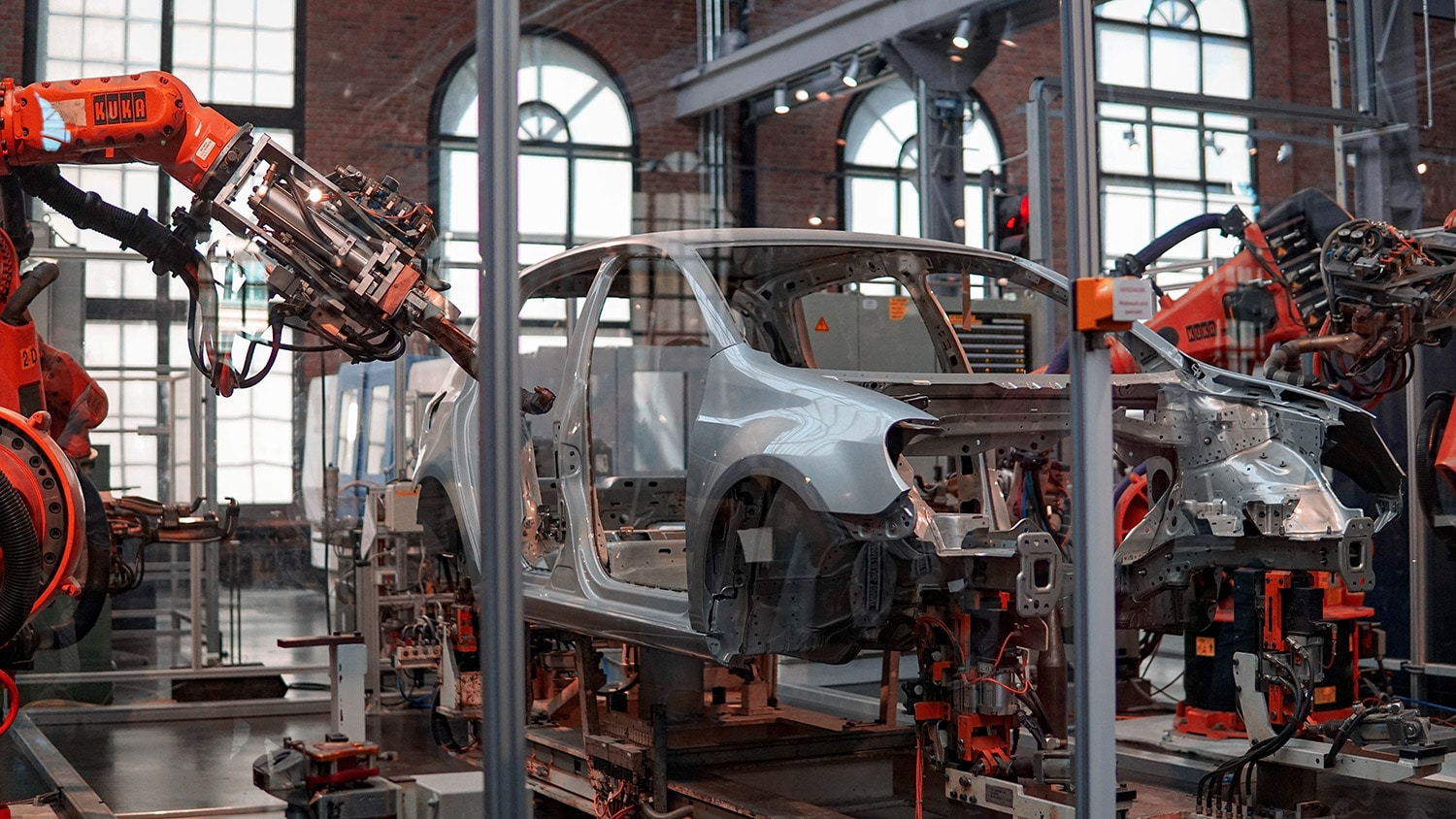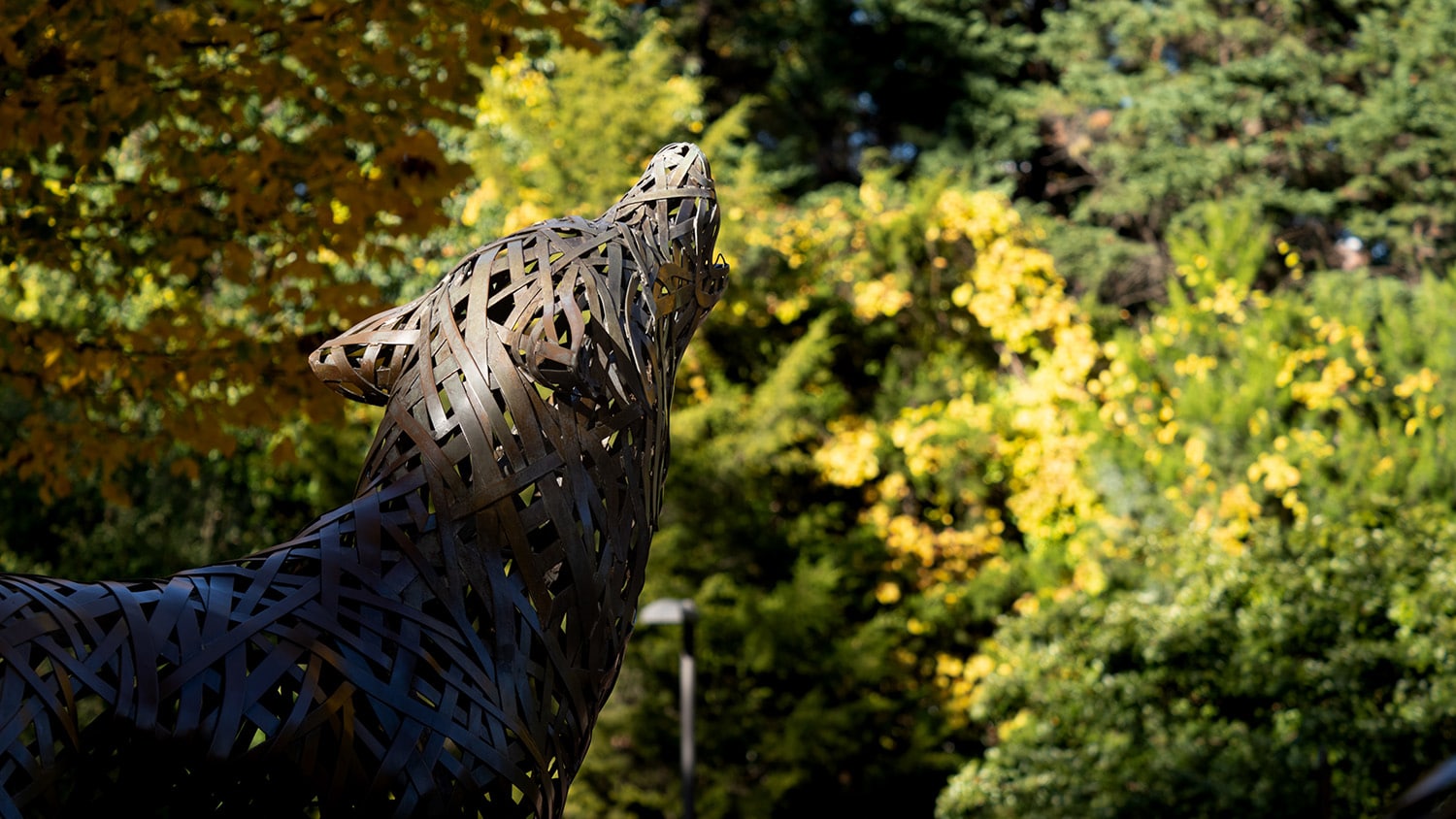For Immediate Release
Researchers from North Carolina State University have found a way to fine-tune the molecular assembly line that creates antibiotics via engineered biosynthesis. The work could allow scientists to improve existing antibiotics as well as design new drug candidates quickly and efficiently.
Bacteria – such as E. coli – harness biosynthesis to create molecules that are difficult to make artificially.
“We already use bacteria to make a number of drugs for us,” says Edward Kalkreuter, former graduate student at NC State and lead author of a paper describing the research. “But we also want to make alterations to these compounds; for example, there’s a lot of drug resistance to erythromycin. Being able to make molecules with similar activity but improved efficacy against resistance is the general goal.”
Picture an automobile assembly line: each stop along the line features a robot that chooses a particular piece of the car and adds it to the whole. Now substitute erythromycin for the car, and an acyltransferase (AT) – an enzyme – as the robot at the stations along the assembly line. Each AT “robot” will select a chemical block, or extender unit, to add to the molecule. At each station the AT robot has 430 amino acids, or residues, which help it select which extender unit to add.
“Different types of extender units impact the activity of the molecule,” says Gavin Williams, professor of chemistry, LORD Corporation Distinguished Scholar at NC State and corresponding author of the research. “Identifying the residues that affect extender unit selection is one way to create molecules with the activity we want.”
The team used molecular dynamic simulations to examine AT residues and identified 10 residues that significantly affect extender unit selection. They then performed mass spectrometry and in vitro testing on AT enzymes that had these residues changed in order to confirm their activity had also changed. The results supported the computer simulation’s predictions.
“These simulations predict what parts of the enzyme we can change by showing how the enzyme moves over time,” says Kalkreuter. “Generally, people look at static, nonmoving structures of enzymes. That makes it hard to predict what they do, because enzymes aren’t static in nature. Prior to this work, very few residues were thought or known to affect extender unit selection.”
Williams adds that manipulating residues allows for much greater precision in reprogramming the biosynthetic assembly line.
“Previously, researchers who wanted to change an antibiotic’s structure would simply swap out the entire AT enzyme,” Williams says. “That’s the equivalent of removing an entire robot from the assembly line. By focusing on the residues, we’re merely replacing the fingers on that arm – like reprogramming a workstation rather than removing it. It allows for much greater precision.
“Using these computational simulations to figure out which residues to replace is another tool in the toolbox for researchers who use bacteria to biosynthesize drugs.”
The work appears in Nature Communications and was supported by the National Institutes of Health (grants GM104258 and GM118101). Kalkreuter is currently at the Scripps Research Institute. Former NC State undergraduate students Kyle Bingham and Aaron Keeler, as well as Andrew Lowell, Jennifer Schmidt, and David Sherman from the University of Michigan, also contributed to the work.
-peake-
Note to editors: An abstract of the paper follows.
“Computationally-guided exchange of substrate selectivity motifs in a modular polyketide synthase acyltransferase”
DOI: 10.1038/s41467-021-22497-2
Authors: Edward Kalkreuter, Kyle S Bingham, Aaron M Keeler, Gavin Williams, North Carolina State University; Andrew N Lowell, Jennifer J. Schmidt, David H Sherman, University of Michigan
Published: April 13, 2021 in Nature Communications
Abstract:
Polyketides, one of the largest classes of natural products, are often clinically relevant. The ability to engineer polyketide biosynthesis for the production of novel analogues is critically important. Acyltransferases (ATs) of modular polyketide synthases catalyze the installation of malonyl-CoA extenders into polyketide scaffolds. Subsequently, AT domains have been targeted extensively to site-selectively introduce various extenders into polyketides. Yet, a complete inventory of AT residues responsible for substrate selection has not been established, critically limiting the efficiency and scope of AT engineering. Here, molecular dynamics simulations were used to prioritize ~50 mutations in the active site of EryAT6 from erythromycin biosynthesis. Following detailed in vitro studies, 13 mutations across 10 residues were identified to significantly impact extender unit selectivity, including nine residues that were previously unassociated with AT specificity. Unique insights gained from the MD studies and the novel EryAT6 mutations led to identification of two previously unexplored structural motifs within the AT active site. Remarkably, exchanging both motifs in EryAT6 with those from ATs with unusual extender specificities provided chimeric PKS modules with expanded and inverted substrate specificity. Our enhanced understanding of AT substrate selectivity and application of this motif-swapping strategy is expected to advance our ability to engineer PKSs towards designer polyketides.
This post was originally published in NC State News.
- Categories:



